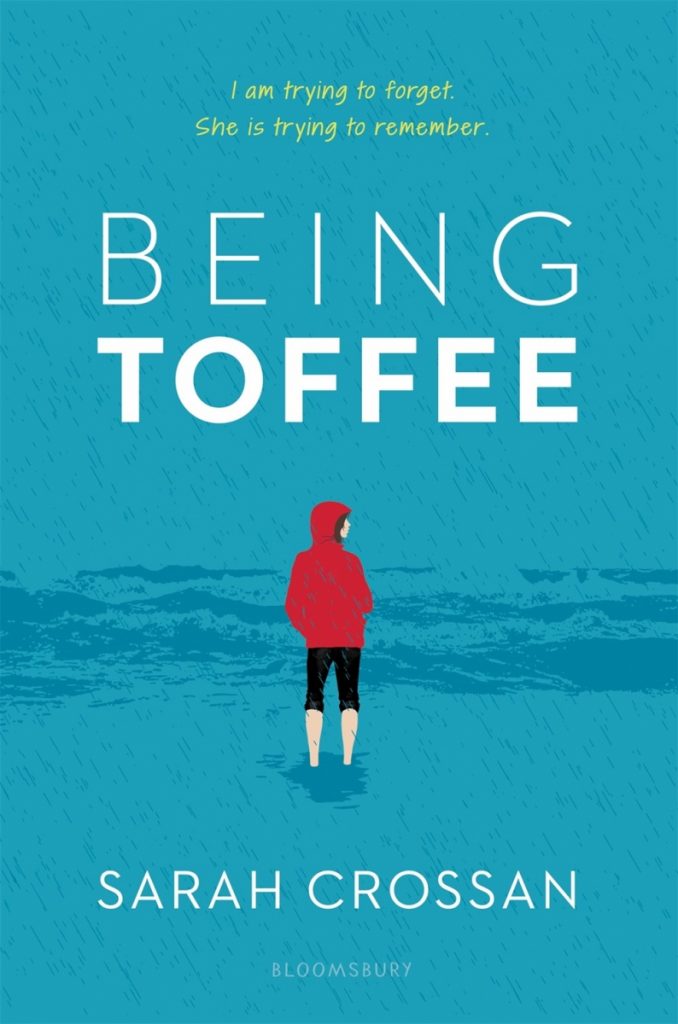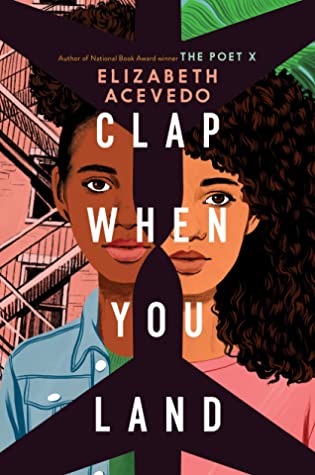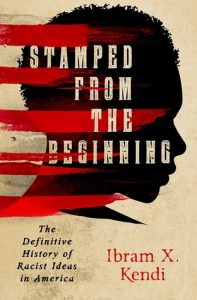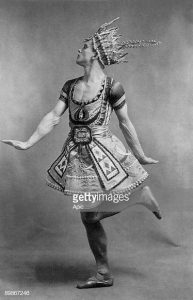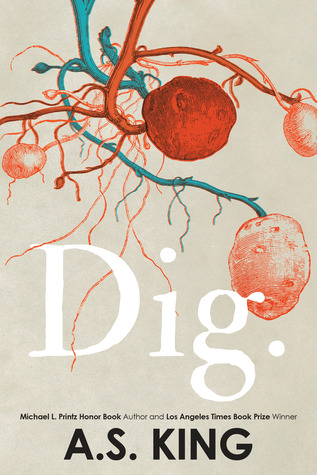Following an evening performance as acrobat/dancers with the Stanislav Circus, teenaged Lillia, her father, and her baby sister flee Poland,  as planned. But her mother, in the chaos, goes missing. The three members of the Jewish Kazka family head for Shanghai in 1941 in “Someday We Will Fly” (Viking 2019) by Rachel DeWoskin. I hadn’t known that Shanghai was a refuge for Jewish people. It turns out that the Chinese once considered Jewish people mystical—and therefore desirable.
as planned. But her mother, in the chaos, goes missing. The three members of the Jewish Kazka family head for Shanghai in 1941 in “Someday We Will Fly” (Viking 2019) by Rachel DeWoskin. I hadn’t known that Shanghai was a refuge for Jewish people. It turns out that the Chinese once considered Jewish people mystical—and therefore desirable.
By foot, by train, by ship the dumb-struck family travels to Shanghai, arriving with little money, no ability to speak Chinese, no food, no home, no Mama—yet they’re allowed to enter.
The family crowds into a tenement house with other Jewish families. A shell of his former self, Lillia’s Papa looks for work, day after day until their money runs out. Everyone in the tenements is struggling to various degrees in Japan-occupied China.
Lillia, in between taking care of her disabled infant sister and searching for food, manages to go to the Jewish school. She befriends other refugees. Biata’s family, also from Poland, hopes to start a bar in Shanghai. American Rebecca, Lillia’s favorite, is rich due to her father being a doctor. Sally, also American, scorns Lillia, but Rebecca discretely gives Lillia a pink dress—Lillia’s only dress—and invites her to Scouts. She tries to fit in with the girls but she can’t pay the Scouts membership—and is usually hungry. Rebecca takes Lillia to the theater, but Lillia doesn’t fit in there.
Lillia befriends Wei, the Chinese janitor boy at school. The other girls are aghast at their friendship, but Lillia is falling in love with Wei. She borrows school supplies from his janitor closet to make puppets at home. She has dreams of her friends making a theater/circus production with her, using her beautiful hand-made puppets and her own dancing.
Lillia’s father finds a manual labor job. But both he and her baby sister Naomi, contract cholera. Their neighbor Taube, who has become a mother to the children, dies of the disease. Lillia nurses her family, and despite wronging him, Wei helps her obtain healing Chinese herbs. At a breaking point, Lillia finds work as an escort and dancer at a “gentleman’s club,” where one particular Chinese gentleman regularly buys her meals. Many of the girls are forced to go beyond dancing, including Wei’s sister. Lillia’s life is perilous. And always they wait for her mother.
After Japan bombs Pearl Harbor, the war in China escalates. Bombs take down tenements and warehouses. As Japan takes stronger control of China even wealthy Jews are in danger—maybe more than the poor who are better able to remain invisible. The Japanese have imprisoned all Americans and their outcome looks bad.
There is plenty of heartbreak in this story but much beauty in coming of age while struggling for one’s survival. If you love learning history by reading well-researched well-written historical fiction, this book is a must. The audio book (Listening Library – available on Overdrive from our public libraries) is fine, too.
Patricia Hruby Powell is the author of the award-winning Josephine; Loving vs Virginia; and Struttin’ With Some Barbecue and the new Lift As You Climb. She teaches community classes in writing at Parkland College. talesforallages.com
